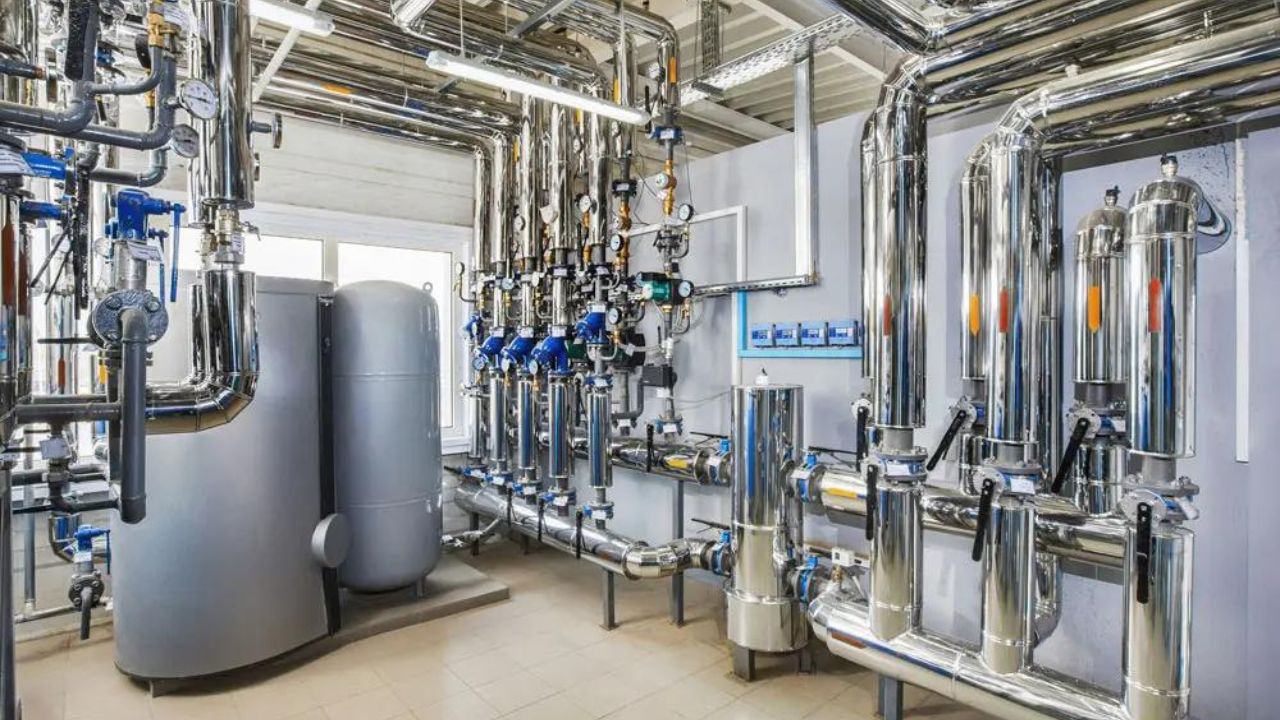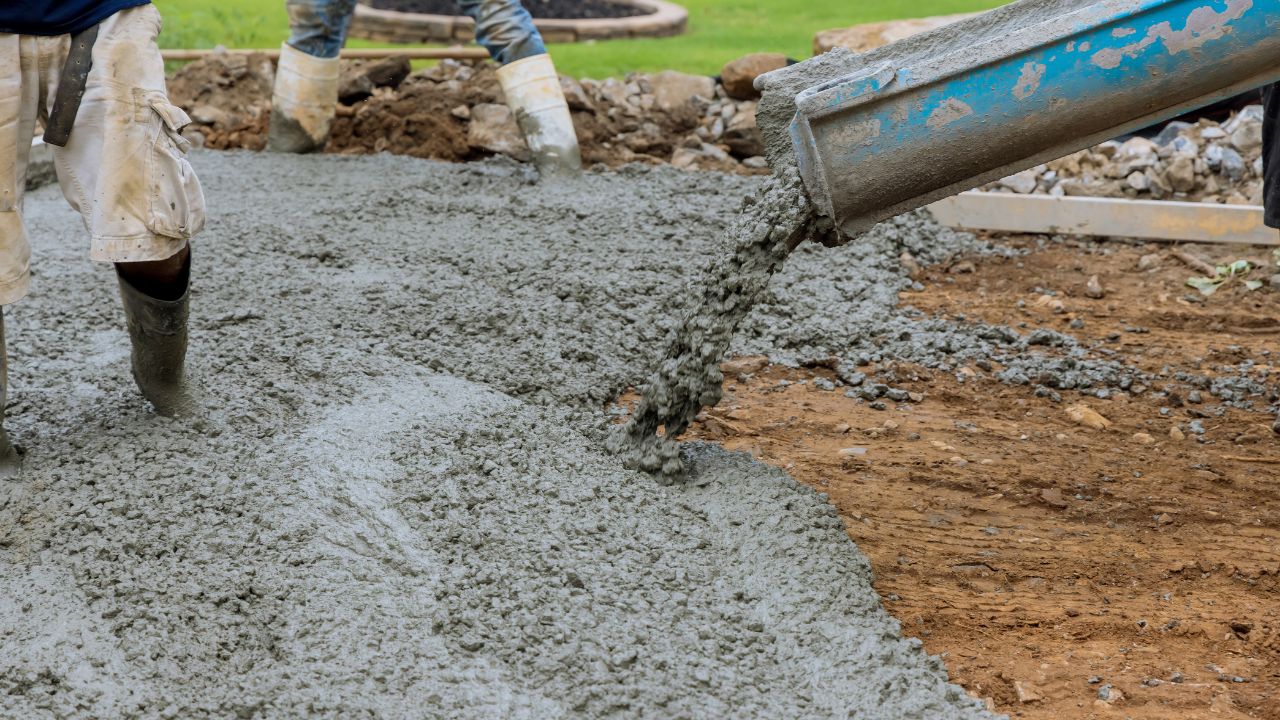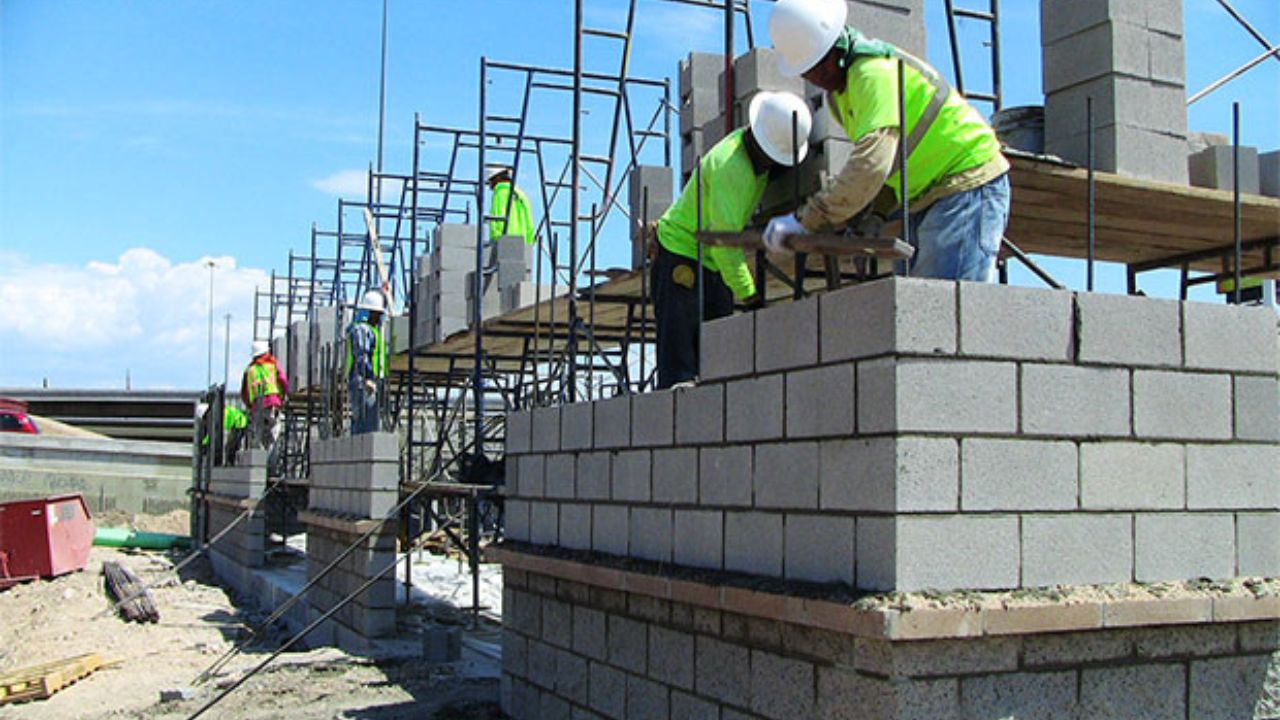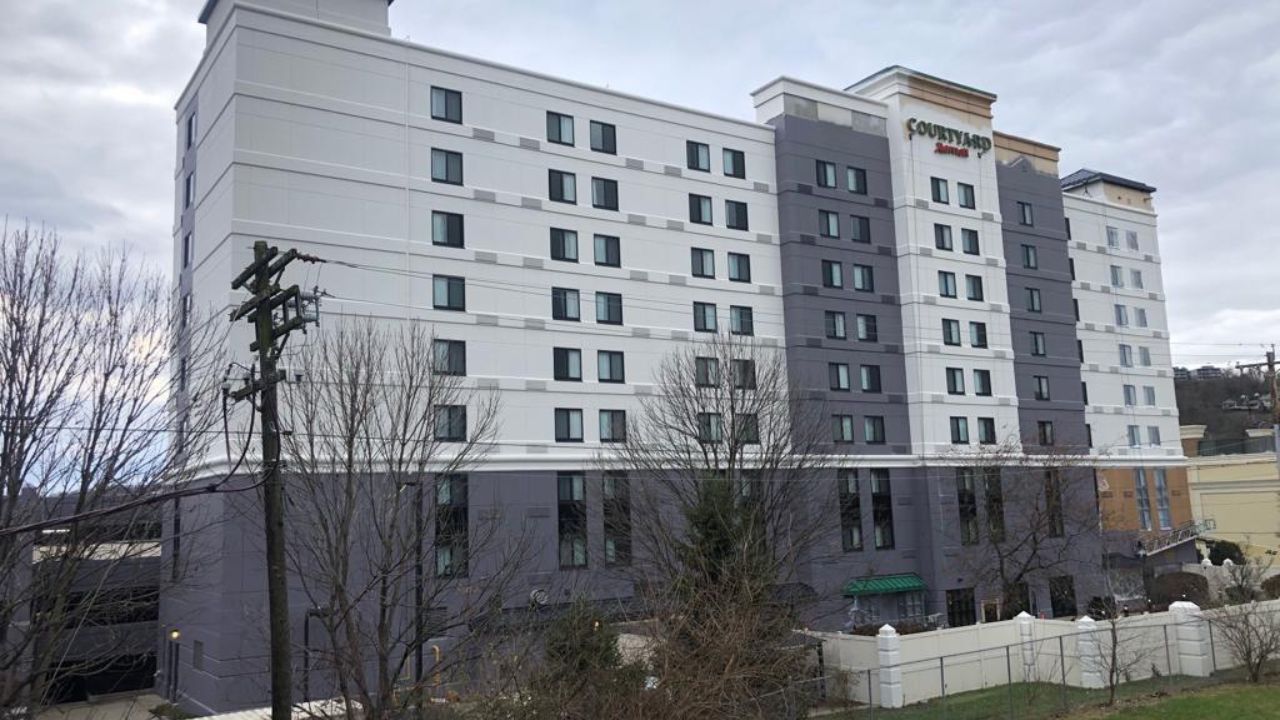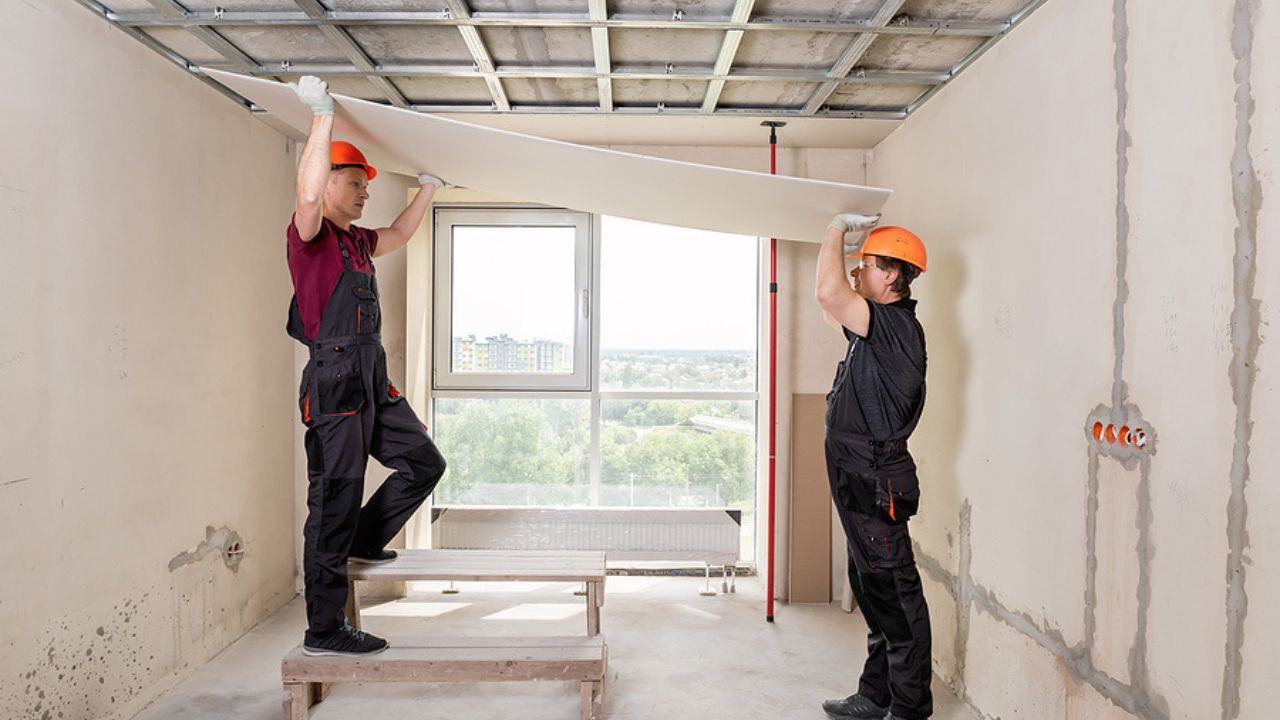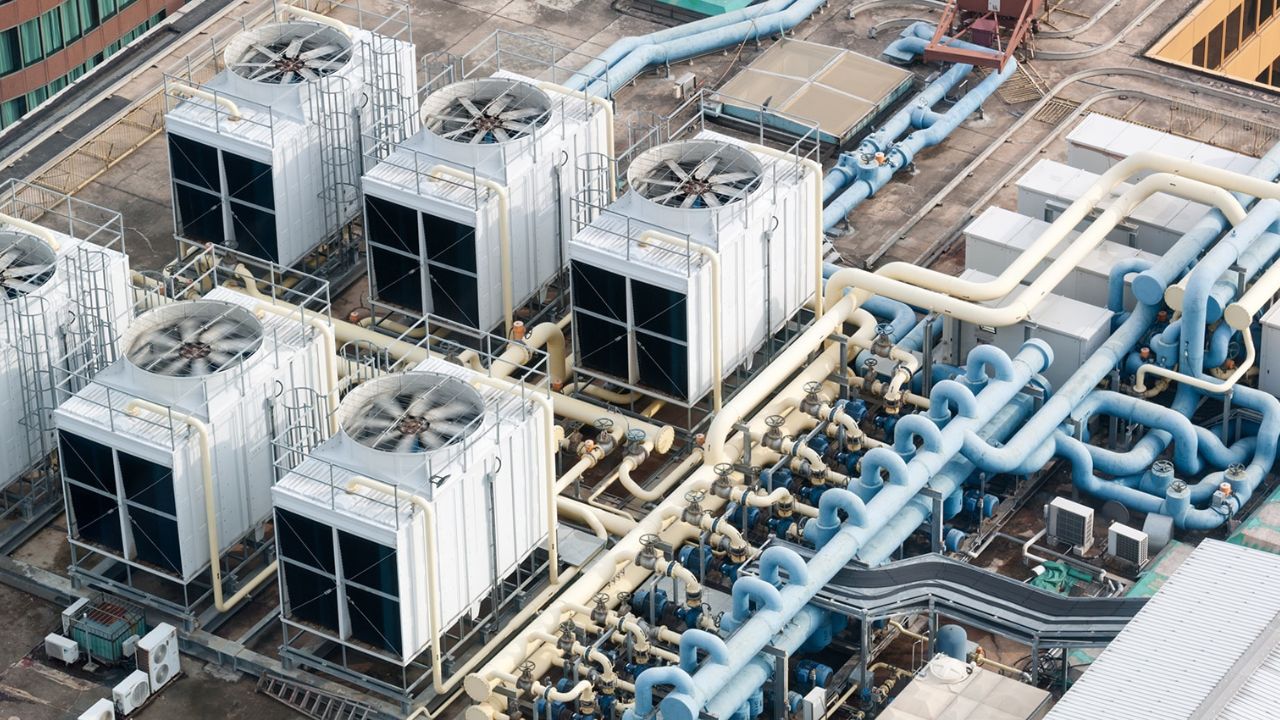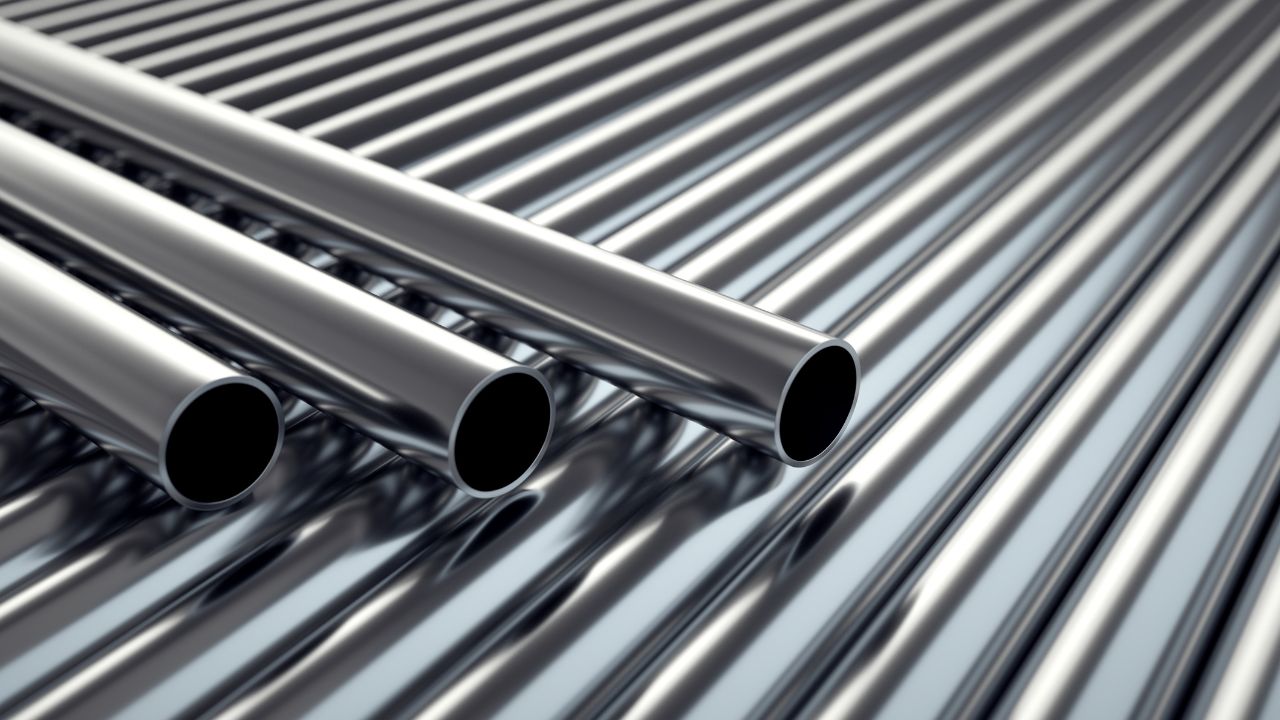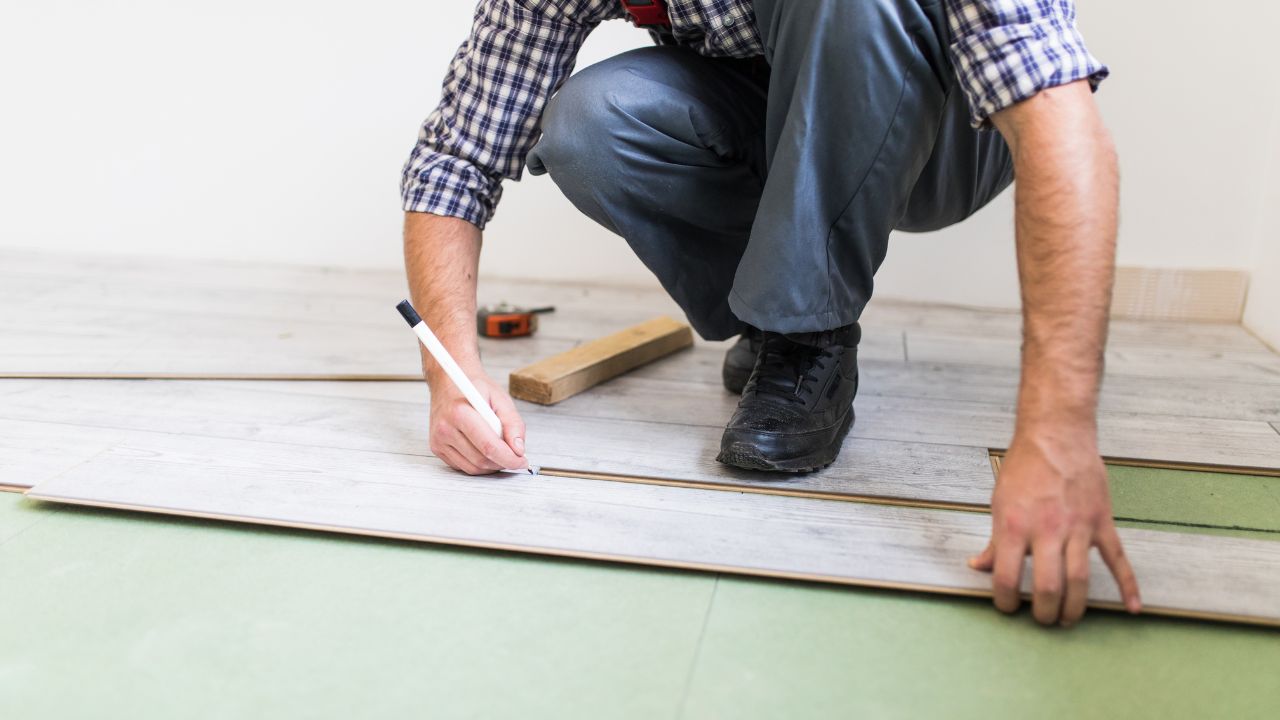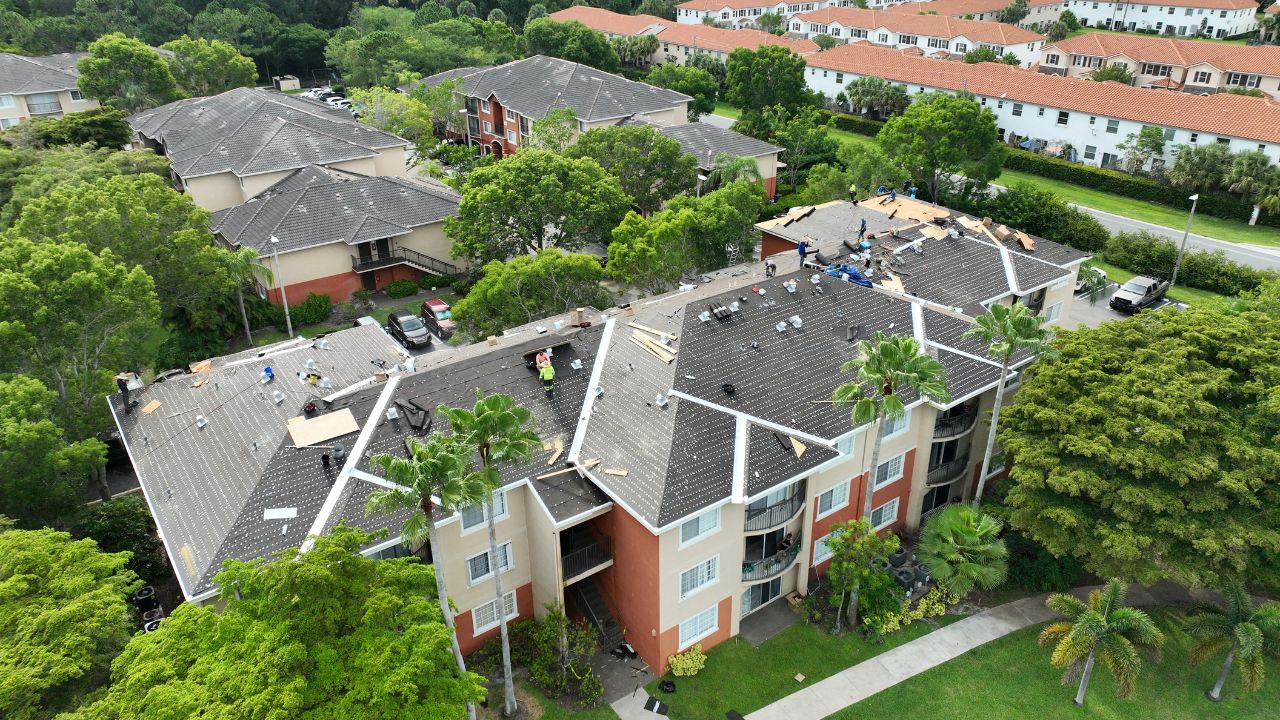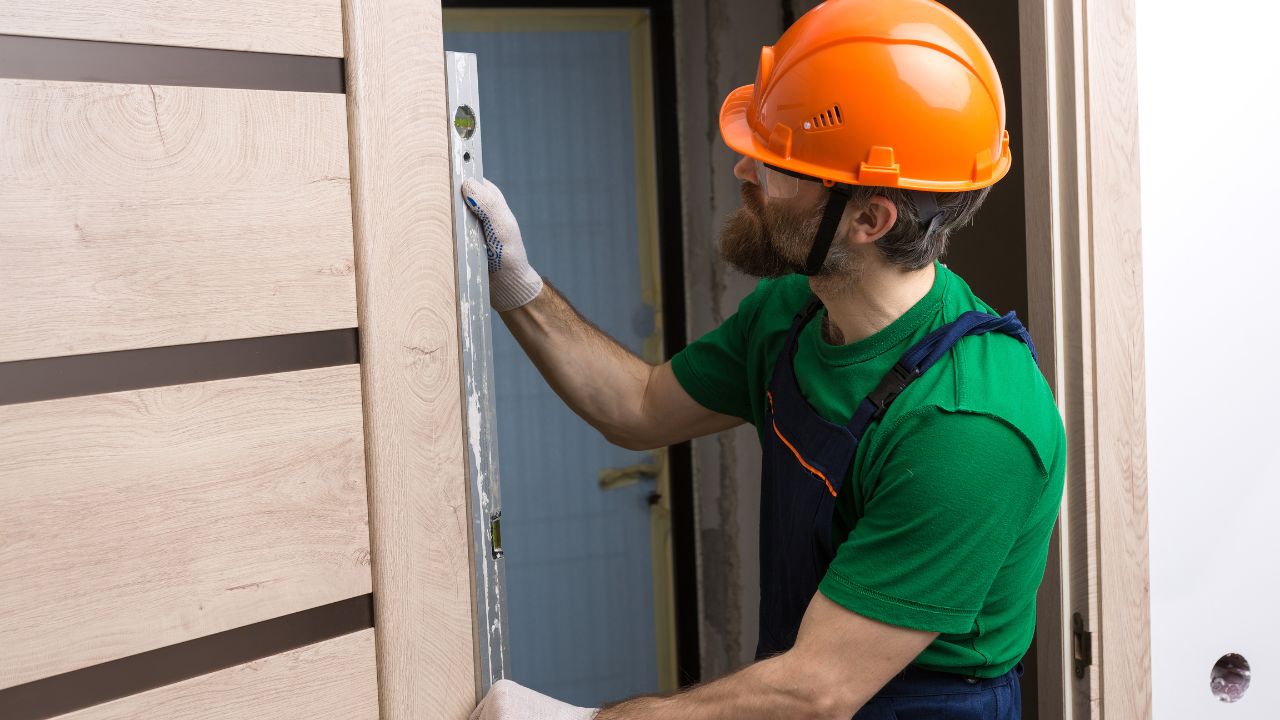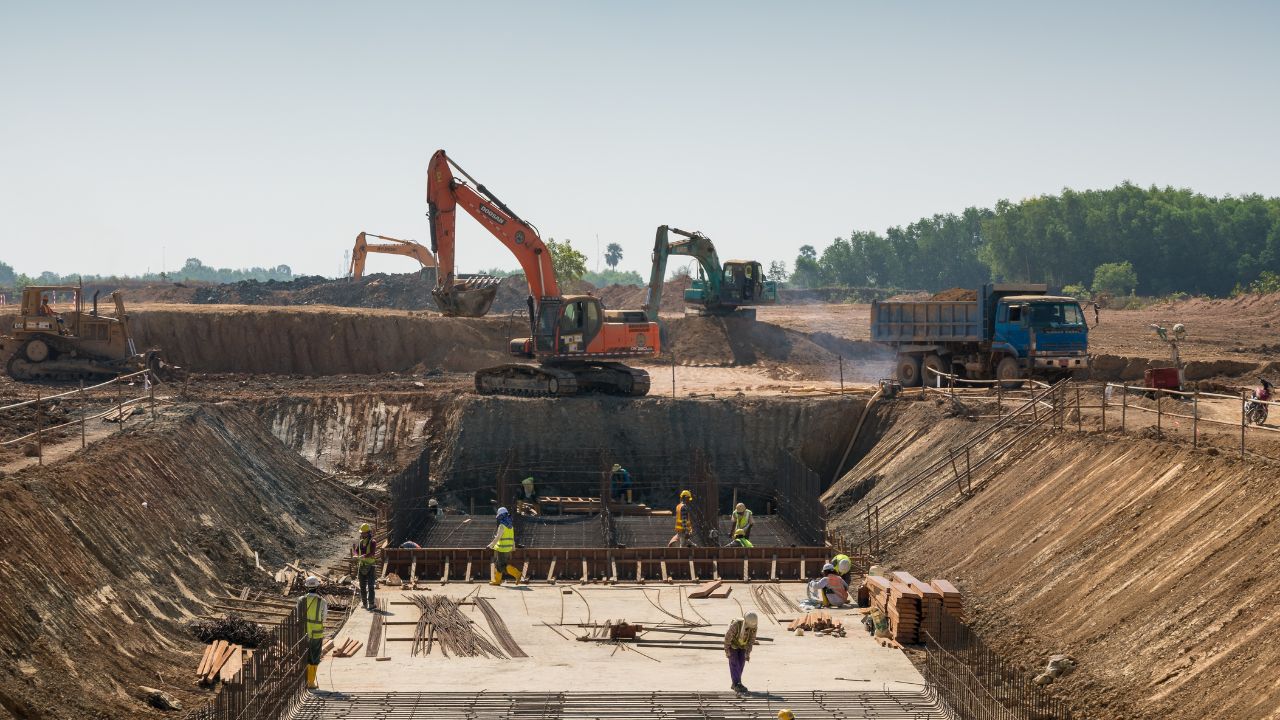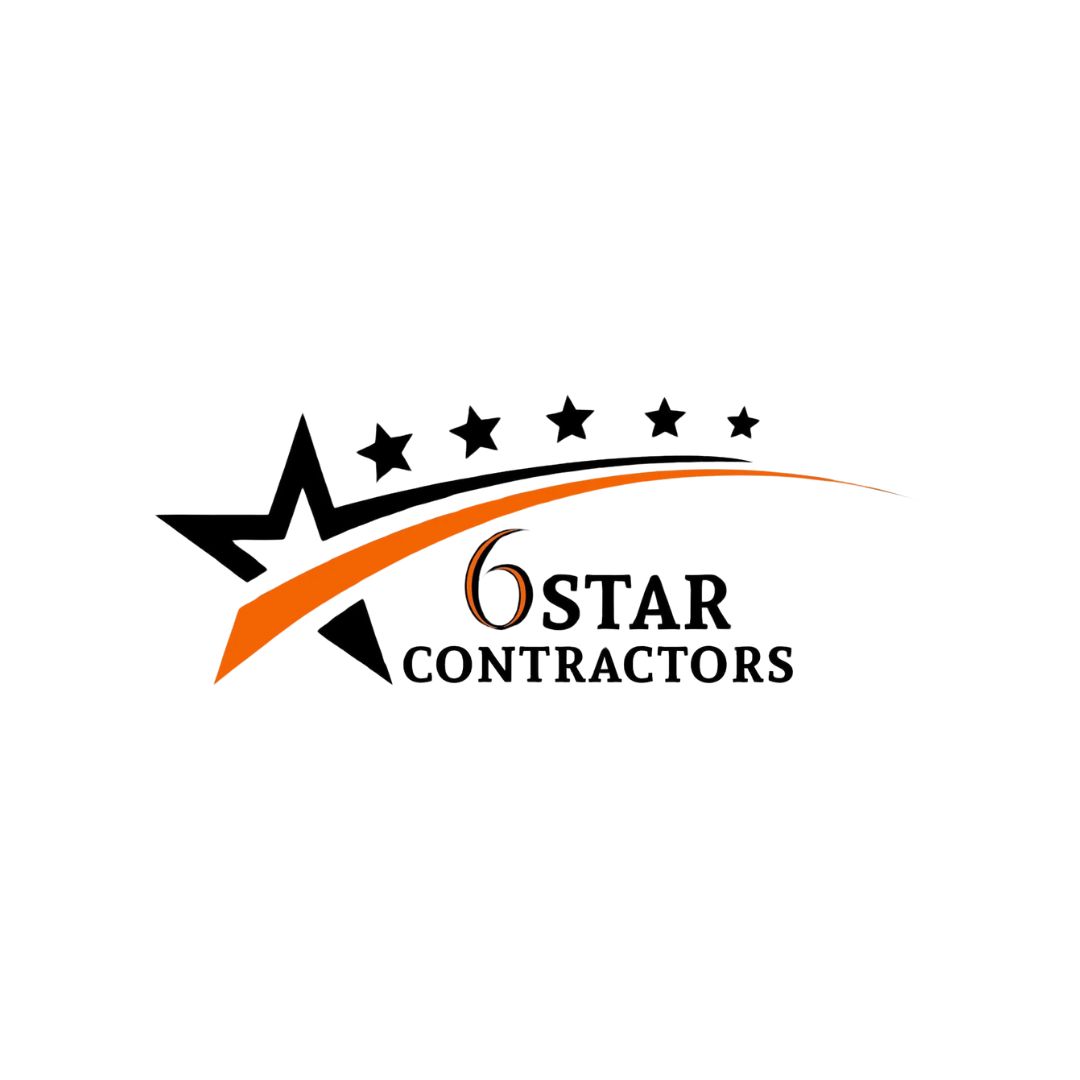- Homepage
- Flooring
How Much Does Flooring Cost for a 3,000 Sq Ft House?
Leading provider of flooring installation services
Flooring for a 3,000 sq ft house typically costs between $37,100 and $106,720, translating to $12.37 to $35.57 per square foot. This total cost includes materials, labor, and installation. Lower-end costs cover basic materials like laminate or standard carpeting, while higher-end costs involve premium options like hardwood, luxury vinyl, or high-end tiles. Factors influencing the cost per square foot include the type of flooring, quality of materials, design complexity, and local labor rates. Proper planning and budgeting for unforeseen expenses ensure the project stays within the estimated cost range, providing a durable and aesthetically pleasing flooring solution.
For a 3,000 sq ft house, estimate flooring costs for large homes including various materials.
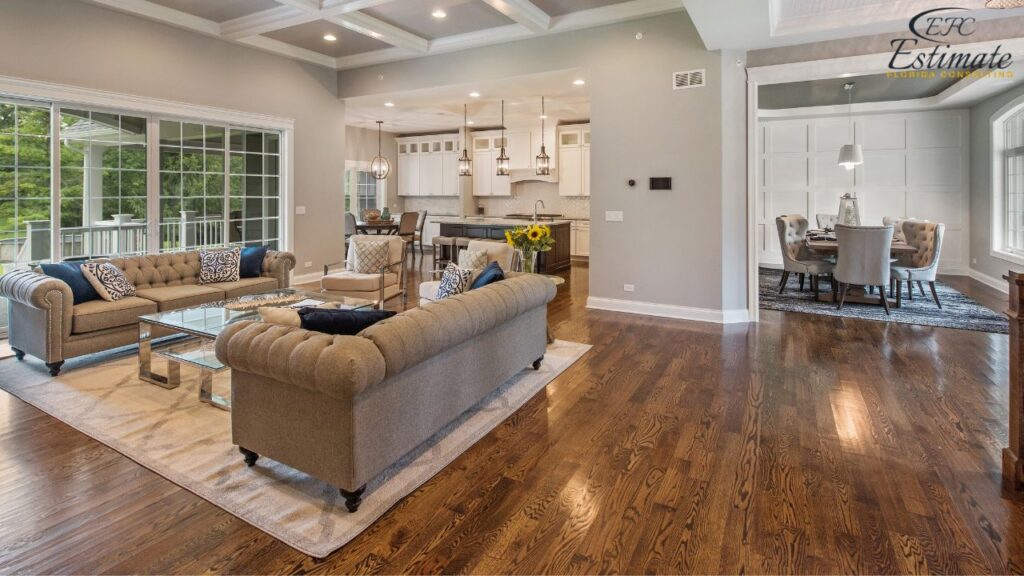
Cost Breakdown for Flooring a 3,000 Sq Ft House
Materials
The cost of flooring materials can vary widely based on the type, quality, and brand. Here’s a detailed breakdown of typical material costs for a 3,000 sq ft house:
Flooring Material | Estimated Cost per Sq Ft (in dollars) | Total Cost for 3,000 Sq Ft (in dollars) |
Carpet | $4.20 – $9.80 | $12,600 – $29,400 |
Laminate | $5.88 – $11.76 | $17,640 – $35,280 |
Hardwood | $9.80 – $17.64 | $29,400 – $52,920 |
Vinyl | $4.20 – $9.80 | $12,600 – $29,400 |
Tile | $7.84 – $17.64 | $23,520 – $52,920 |
Carpet
Carpet is a popular choice for many homeowners due to its comfort and warmth. It is available in various styles, colors, and textures. Carpet is especially suitable for bedrooms and living rooms. The cost of carpet can vary based on the type and quality, with higher-end options providing better durability and aesthetics. In addition to its comfort, carpet also offers excellent noise reduction, making it ideal for multi-story homes where sound insulation is important. The range of options available allows homeowners to select carpets that match their decor while providing a cozy and inviting atmosphere.
Want to Start Your Project with the Best Contractors?
Let’s Take Your Projects to the Next Level.
& What's you will get:
- Connecting You to Top Local Contractors
- Professional Consulting, Contractors Near You
- From Expert Advice to Local Contractor Connections
Contact Now
Let's discuss with a cup of coffe
Laminate
Laminate flooring is a cost-effective alternative to hardwood that mimics the appearance of wood, stone, or tile. It is durable, easy to install, and available in a wide range of styles. Laminate is a great choice for high-traffic areas due to its resistance to scratches and wear. Its layered construction provides added stability and moisture resistance, making it suitable for various parts of the home, including kitchens and basements. Laminate flooring also offers an easy-to-clean surface, which is beneficial for busy households with pets and children. Its affordability and versatility make it a popular choice for homeowners looking to achieve a high-end look without the associated costs.
Vinyl
Vinyl flooring is versatile, water-resistant, and available in many styles, including options that mimic wood and tile. It is durable and easy to maintain, making it suitable for kitchens, bathrooms, and high-traffic areas. Vinyl flooring is also relatively affordable compared to other materials. It offers a cushioned feel underfoot, enhancing comfort while standing for long periods, such as in the kitchen. Vinyl’s resistance to moisture and stains makes it an excellent choice for households with young children or pets. The advancements in vinyl flooring technology have led to highly realistic designs that can mimic the look of more expensive materials, providing both aesthetic appeal and practical benefits.
Tile
Tile flooring is a durable and water-resistant option that is ideal for bathrooms, kitchens, and entryways. It is available in various materials, including ceramic, porcelain, and natural stone. Tile is known for its longevity and ability to withstand moisture and heavy foot traffic. In addition to its durability, tile offers a wide range of design possibilities, from traditional patterns to modern, sleek finishes. The cooling properties of tile make it a popular choice in warmer climates, helping to regulate indoor temperatures. Tile is also hypoallergenic, as it does not trap dust or allergens, contributing to better indoor air quality. The variety of textures and colors available in tile allows homeowners to create unique and personalized spaces.
Labor Costs
Labor costs for installing flooring can vary depending on the complexity of the project, the type of flooring, and the region. Here’s an estimate of labor costs:
Labor Task | Estimated Cost per Sq Ft (in dollars) | Total Cost for 3,000 Sq Ft (in dollars) |
Site Preparation | $1.40 – $2.80 | $4,200 – $8,400 |
Flooring Installation | $2.80 – $5.60 | $8,400 – $16,800 |
Trim and Accessory Installation | $1.40 – $2.80 | $4,200 – $8,400 |
Cleanup and Inspection | $0.70 – $1.40 | $2,100 – $4,200 |
Site Preparation
Site preparation involves clearing the area, removing old flooring, and ensuring the subfloor is ready for the new flooring installation. Proper site preparation is crucial to prevent issues such as uneven surfaces or moisture problems, which can affect the flooring’s performance and longevity. This stage may also involve making necessary repairs to the subfloor, addressing any structural issues, and ensuring a level base for the new flooring. Thorough site preparation can help avoid future problems and ensure a smooth and durable installation, ultimately enhancing the lifespan and appearance of the new flooring.
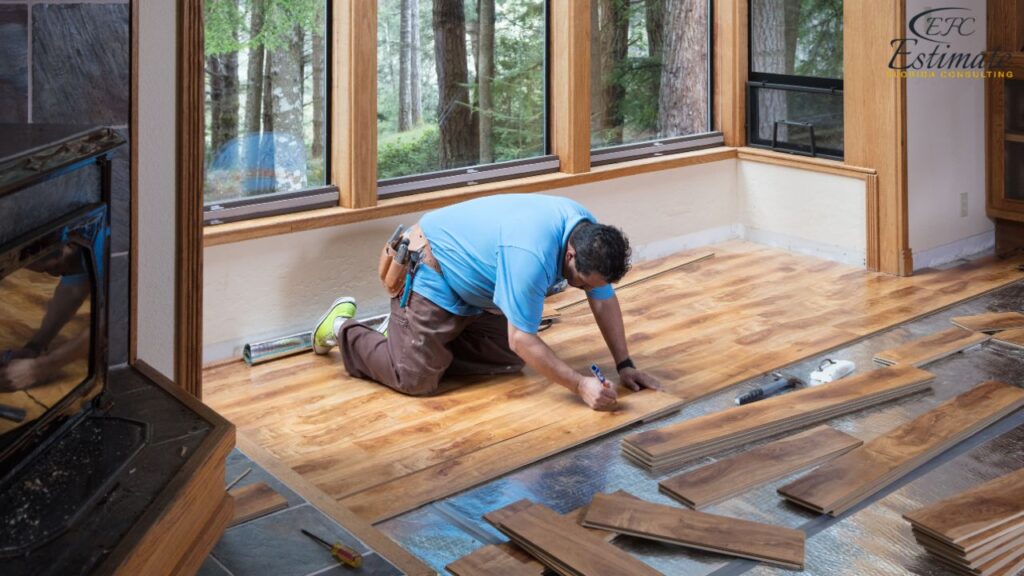
Flooring Installation
The installation of new flooring requires skilled labor to ensure proper alignment, secure attachment, and a neat finish. The cost for this labor can vary based on the type of flooring and the rates in your area. Skilled installation is vital for the flooring to perform as expected and provide a long-lasting finish. Professional installers have the expertise to handle different flooring materials and address any challenges that arise during the installation process. Their attention to detail ensures that the flooring is installed correctly, with tight seams and no gaps, contributing to both the aesthetics and functionality of the floor.
Trim and Accessory Installation
Installing trim and accessories is necessary to complete the flooring installation. This step ensures that all edges and transitions are finished properly, preventing gaps and creating a cohesive look. Proper installation of trim and accessories is essential for the flooring’s overall effectiveness and aesthetic appeal. Trim pieces, such as baseboards and molding, not only enhance the visual appeal of the flooring but also protect the edges from damage. Accessories like transition strips ensure smooth transitions between different flooring types and levels, adding to the overall safety and comfort of the space. The meticulous installation of these elements contributes to the professional and polished appearance of the finished floor.
Cleanup and Inspection
After the installation is complete, cleanup and inspection are necessary to ensure the job is done correctly and the site is left tidy. This step includes removing debris, inspecting the installation for any issues, and making any necessary adjustments. A thorough cleanup and inspection ensure that the flooring installation meets quality standards and that the site is safe and presentable. The final inspection allows for the identification and correction of any imperfections or inconsistencies, ensuring a flawless finish. Proper cleanup also involves disposing of old materials and debris responsibly, leaving the space ready for immediate use and enjoyment.
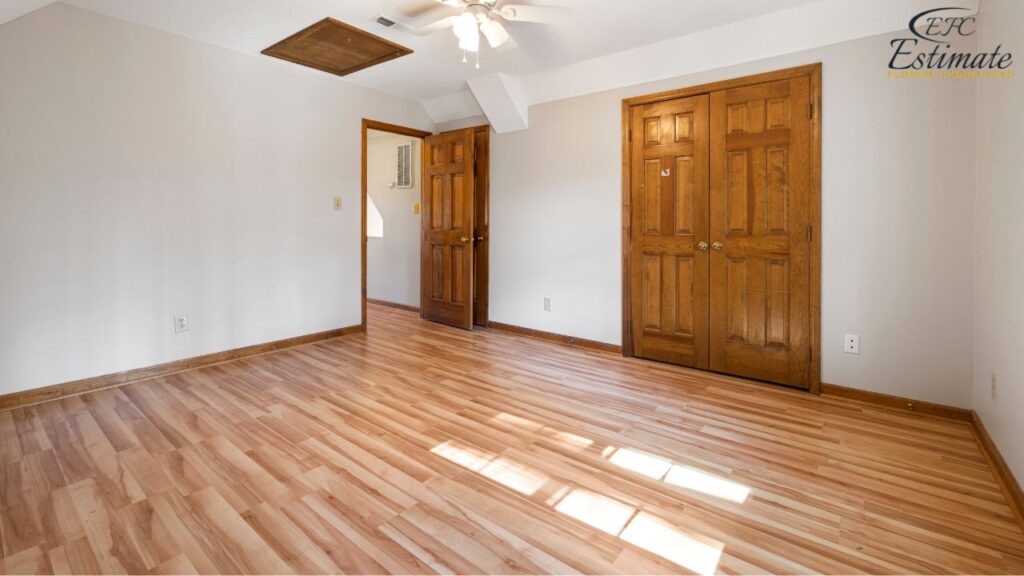
Additional Costs
Additional costs can include permits, inspections, and any custom features or finishes. Here’s an estimate of these costs:
Additional Component | Estimated Cost (in dollars) |
Permits and Inspections | $1,400 – $2,800 |
Custom Finishes | $2,800 – $8,400 |
Miscellaneous Expenses | $1,400 – $4,200 |
Permits and Inspections
Obtaining the necessary permits and passing inspections are crucial steps in the flooring installation process. These fees can vary depending on local regulations and the complexity of the project. Ensuring that all permits are obtained and inspections passed is essential for compliance with building codes and safety standards. This process helps avoid potential legal issues and ensures that the installation adheres to all relevant guidelines. Working with a reputable contractor who understands local permitting requirements can streamline this process and provide peace of mind that the project is being handled professionally.
Custom Finishes
Custom finishes can include special coatings, stains, or designs that enhance the appearance of the flooring. These finishes can add to the overall cost but provide a unique look and additional protection. Investing in custom finishes can increase the value and appeal of your home. Custom finishes allow homeowners to personalize their flooring to match their specific tastes and preferences, creating a distinctive and stylish interior. These finishes can also offer additional benefits, such as increased durability, improved resistance to wear and tear, and enhanced ease of maintenance, making them a worthwhile investment for those seeking both beauty and functionality.
Miscellaneous Expenses
Miscellaneous expenses can include unexpected costs that arise during the project, such as additional materials, equipment rentals, or unforeseen repairs. Having a contingency budget for these expenses helps ensure the project stays on track and can handle any surprises without significant delays or cost overruns. Properly managing these costs can prevent disruptions and ensure the smooth completion of the project. By anticipating potential challenges and setting aside funds for contingencies, homeowners can avoid financial stress and ensure that the flooring installation proceeds smoothly and efficiently, resulting in a high-quality finished product.
90% More Chances to Win Flooring Bids with
Our Estimate!
Cost Comparison by Flooring Material
Here’s a comparison of the total estimated costs for flooring a 3,000 sq ft house with different materials:
Flooring Material | Total Material Cost (in dollars) | Total Labor Cost (in dollars) | Total Cost (in dollars) |
Carpet | $12,600 – $29,400 | $18,900 – $37,800 | $37,100 – $82,600 |
Laminate | $17,640 – $35,280 | $18,900 – $37,800 | $43,340 – $85,780 |
Hardwood | $29,400 – $52,920 | $18,900 – $37,800 | $53,900 – $106,720 |
Vinyl | $12,600 – $29,400 | $18,900 – $37,800 | $37,100 – $82,600 |
Tile | $23,520 – $52,920 | $18,900 – $37,800 | $51,520 – $90,720 |
Average Cost to Replace Flooring by Location
The cost to replace flooring can vary significantly based on the location within the house. Here’s a breakdown of the average costs for different areas in a 3,000 sq ft house:
Location | Average Cost per Sq Ft (in dollars) | Total Cost for Area (in dollars) |
Living Room (500 sq ft) | $5.88 – $17.64 | $2,940 – $8,820 |
Kitchen (300 sq ft) | $7.84 – $17.64 | $2,352 – $5,292 |
Bathroom (200 sq ft) | $7.84 – $17.64 | $1,568 – $3,528 |
Bedrooms (1,000 sq ft) | $4.20 – $13.72 | $4,200 – $13,720 |
Hallways (200 sq ft) | $5.88 – $13.72 | $1,176 – $2,744 |
Other Areas (800 sq ft) | $5.88 – $13.72 | $4,704 – $10,976 |
Changing Flooring Cost by Type of Conversion
The cost to change from one type of flooring to another can vary based on the existing material and the new material being installed. Here’s a cost comparison for common conversions:
Existing Flooring | New Flooring | Estimated Cost per Sq Ft (in dollars) | Total Cost for 3,000 Sq Ft (in dollars) |
Carpet | Hardwood | $11.20 – $22.40 | $33,600 – $67,200 |
Tile | Laminate | $9.80 – $19.60 | $29,400 – $58,800 |
Vinyl | Tile | $11.20 – $22.40 | $33,600 – $67,200 |
Hardwood | Carpet | $8.40 – $16.80 | $25,200 – $50,400 |
Floor Materials Comparison
Comparing different flooring materials can help you decide which is best for your home based on cost, durability, maintenance, and aesthetic appeal. Here’s a comparison of popular flooring materials:
Flooring Material | Average Cost per Sq Ft (in dollars) | Durability | Maintenance | Aesthetic Appeal |
Carpet | $4.20 – $9.80 | Moderate | High | Cozy and Warm |
Laminate | $5.88 – $11.76 | High | Low | Versatile and Modern |
Hardwood | $9.80 – $17.64 | Very High | Moderate | Elegant and Timeless |
Vinyl | $4.20 – $9.80 | High | Low | Versatile and Durable |
Tile | $7.84 – $17.64 | Very High | Low | Stylish and Durable |
Factors Influencing Flooring Costs
Home Design and Structure
The design and structure of your home can significantly impact the cost of flooring installation. Homes with complex architectural features, multiple stories, or irregular shapes may require more labor and materials, increasing the overall cost. Additionally, homes with many rooms, hallways, and intricate layouts can pose challenges for flooring installation, requiring precise cutting and fitting. The overall complexity of the home’s design can add significant costs due to the additional labor and materials required to ensure a seamless and professional finish. Tailoring the flooring to fit unique architectural elements can enhance the home’s beauty but may also increase the project’s overall budget.
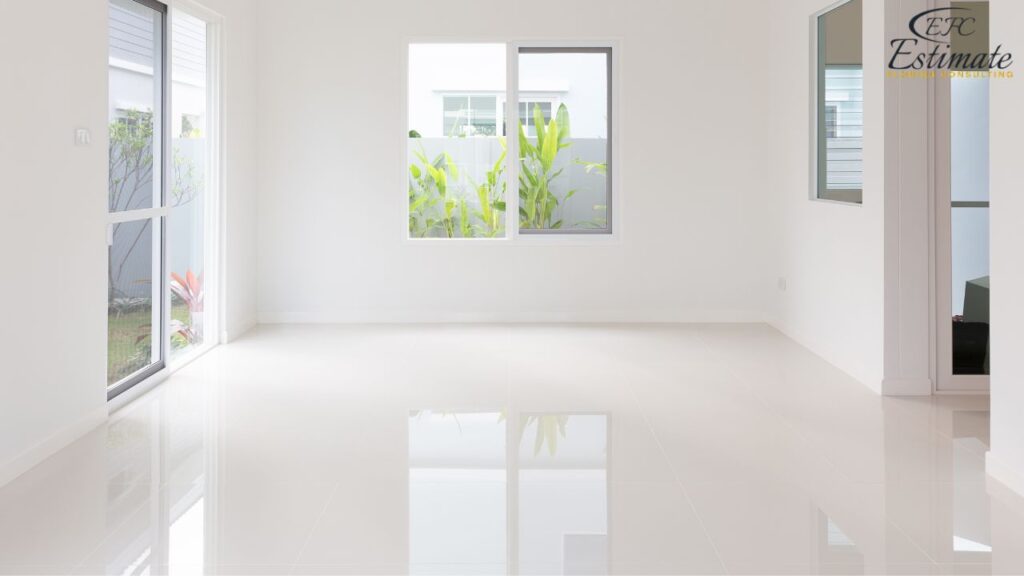
Geographic Location
The geographic location of your home can affect both material and labor costs. Areas with a higher cost of living typically have higher prices for materials and labor. Additionally, the availability of certain materials may vary by region, impacting the overall cost. Obtaining quotes from multiple contractors in your area can help you get a better understanding of local pricing. Regional differences in climate and building codes can also influence the type of flooring best suited for your home, potentially affecting overall costs. Choosing materials that are readily available in your region can help reduce costs and ensure timely delivery and installation.
Existing Flooring Removal
If your home has existing flooring that needs to be removed before the new flooring can be installed, this will add to the overall cost. Removal and disposal of old flooring can be labor-intensive and may require additional fees for waste disposal. The condition of the existing flooring and the ease of removal can also affect costs. Proper removal and disposal of old flooring are necessary to ensure a clean and smooth surface for the new flooring installation. Addressing any issues with the subfloor during this process can prevent future problems and ensure a solid foundation for the new flooring, contributing to its longevity and performance.
Quality of Materials
The quality and type of materials used for flooring can significantly impact the overall cost. High-end materials, while more expensive, offer better durability, insulation, and aesthetic appeal. Investing in high-quality flooring materials can result in long-term savings through reduced maintenance and improved energy efficiency. Additionally, higher-quality materials often come with longer warranties, providing added peace of mind. Selecting premium materials can enhance the overall look and feel of your home, making it more comfortable and visually appealing while also increasing its market value. The upfront investment in quality materials can pay off over time through enhanced durability and lower maintenance costs.
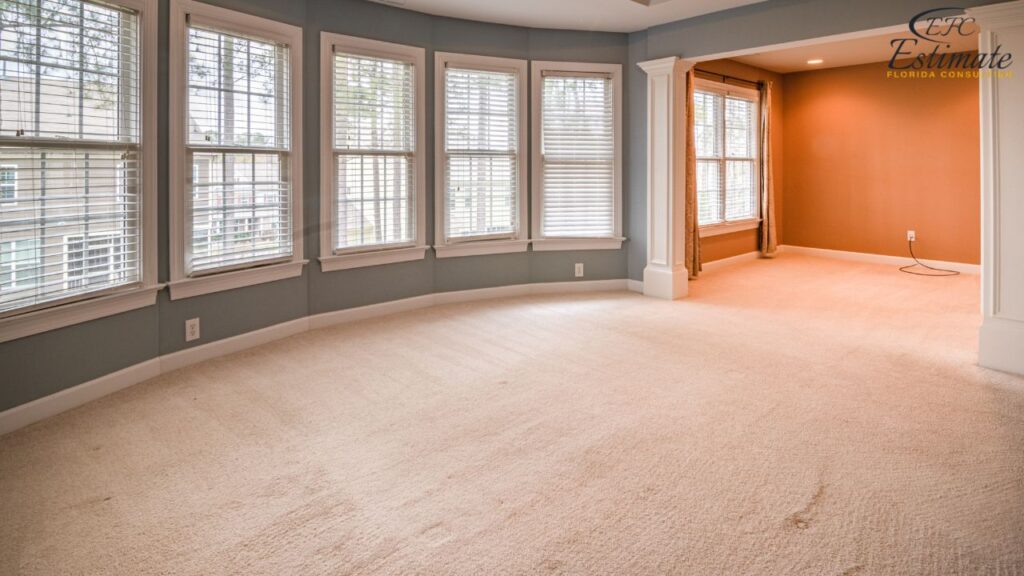
Contractor Experience
The experience and reputation of the contractor you hire can also affect the cost. Experienced contractors with a proven track record may charge higher rates, but they often deliver superior workmanship and reliability. Investing in a reputable contractor can prevent costly mistakes and ensure that the installation is completed correctly and efficiently. Obtaining references and checking reviews can help you select a contractor who offers the best value for your investment. Working with skilled professionals can provide peace of mind that your flooring project will be handled with expertise and attention to detail, resulting in a high-quality finish that meets your expectations.
Cost-Saving Tips
Here are some tips to help you save on flooring costs:
Obtain Multiple Quotes
Getting multiple quotes from different contractors can help you find the best price for your flooring project. Be sure to compare not only the overall cost but also the scope of work and the quality of materials being offered. This approach can also help you negotiate better terms and identify the most reliable contractors. Comparing quotes can reveal significant differences in pricing and services, allowing you to make an informed decision that balances cost with quality. Taking the time to gather and evaluate multiple estimates can lead to substantial savings and ensure that you receive the best value for your investment.
Get High-Quality 3D Rendering Today!
Transform your space with stunning 3D rendering that blends style, comfort, and functionality.
We Specialize in Both Residential and Commercial 3D Rendering Projects.
- Luxury Villas
- Apartment Complexes
- Modular Kitchens
- Bathrooms
- Office Buildings
- Shopping Malls
- Hospitals
- Hotels & Resorts
Choose Cost-Effective Materials
While high-end materials offer many benefits, choosing a more affordable option like basic or mid-grade flooring can help reduce costs. Consider your budget and the long-term maintenance requirements when selecting a flooring material. Opting for cost-effective materials doesn’t mean compromising on quality, as many affordable options still provide excellent durability and appearance. Balancing your desire for aesthetics and functionality with your budget can help you achieve a beautiful and practical flooring solution without overspending. Researching and selecting materials that offer good value for money can result in a cost-effective and satisfying outcome for your flooring project.
Plan for Off-Season Installation
Scheduling your flooring installation during the off-season can sometimes result in lower labor costs. Contractors may offer discounts during slower periods to keep their crews busy. Off-season installation can also lead to quicker project completion, as contractors typically have more availability. Planning your project for the off-season can lead to significant savings and faster turnaround times. Being flexible with your installation dates can help you take advantage of lower rates and ensure that your project is completed efficiently and economically. Consulting with contractors to identify the best times for off-season discounts can further optimize your budget.
Do Some Work Yourself
If you have the skills and time, doing some of the preliminary work, such as site preparation or cleanup, can help reduce labor costs. However, be sure to leave the actual flooring installation to the professionals to ensure it is done correctly. Taking on some tasks yourself can significantly lower overall costs without affecting the quality of the installation. By handling simpler tasks like removing old flooring or preparing the subfloor, you can save on labor expenses while still ensuring that the critical aspects of the installation are performed by experienced professionals. This approach can provide a balance between cost savings and quality results.
Conclusion
Installing new flooring is a significant investment that can greatly enhance the aesthetics, durability, and value of your home. Understanding the various costs involved, including materials, labor, and additional expenses, can help you plan your project effectively and ensure it stays within budget. By considering the benefits of different flooring options and the associated costs, homeowners can make informed decisions that best suit their needs and preferences. Proper planning and budgeting can help avoid unexpected expenses and ensure a successful flooring installation. Investing in high-quality materials and skilled labor will result in a long-lasting, low-maintenance flooring solution that adds value and curb appeal to your home. By following the tips and guidelines outlined in this guide, you can achieve a successful and cost-efficient flooring project that meets your expectations and enhances your living space.
FAQs
Flooring for a 3,000 sq ft house typically costs between $37,100 and $106,720, translating to $12.37 to $35.57 per square foot. This includes materials, labor, and installation.
Proper planning and budgeting for unforeseen expenses ensure the project stays within the estimated cost range, providing a durable and aesthetically pleasing flooring solution.
Carpet is comfortable and warm, available in various styles and textures, suitable for bedrooms and living rooms, and offers excellent noise reduction.
Laminate is a cost-effective alternative to hardwood, durable, easy to install, and suitable for high-traffic areas due to its resistance to scratches and wear.
Hardwood adds elegance and value, is durable, can be refinished multiple times, and offers natural warmth and unique grain patterns.
Vinyl is versatile, water-resistant, durable, easy to maintain, and available in styles that mimic wood and tile.
Tile is durable, water-resistant, ideal for bathrooms and kitchens, offers a wide range of design possibilities, and is hypoallergenic.
Comprehensive Trade-Specific Estimates
At Estimate Florida Consulting, we offer detailed cost estimates across all major trades, ensuring no part of your project is overlooked. From the foundation to the finishing touches, our trade-specific estimates provide you with a complete and accurate breakdown of costs for any type of construction project.
Our Simple Process to Get Your Estimate
Upload Plans
Submit your project plans, blueprints, or relevant documents through our online form or via email.
Receive Quotation
We’ll review your project details and send you a quote based on your scope and requirements.
Confirmation
Confirm the details and finalize any adjustments to ensure the estimate meets your project needs.
Get Estimate
Receive your detailed, trade-specific estimate within 1-2 business days, ready for your project execution.



Our Clients & Partners
We pride ourselves on building strong, lasting relationships with our clients and partners across the construction industry.
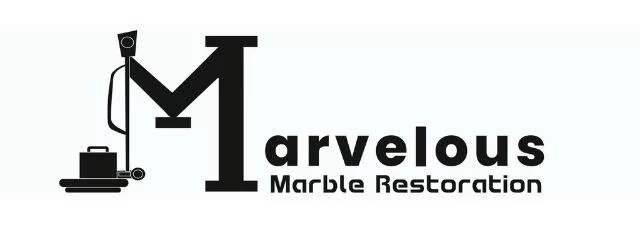

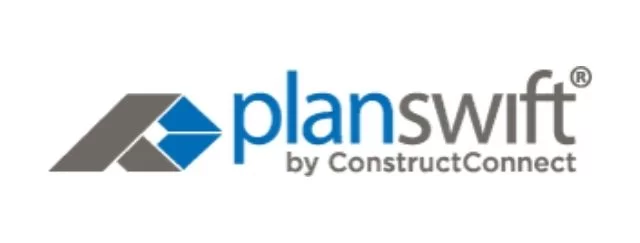
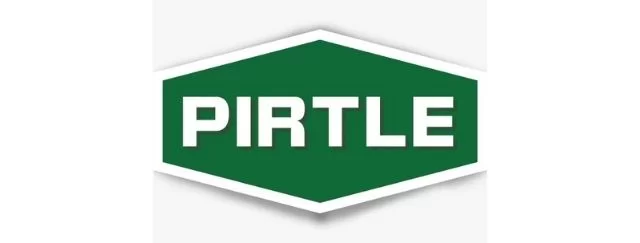

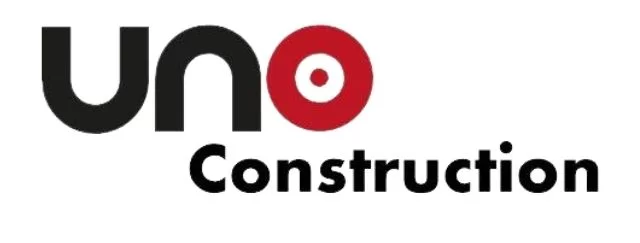
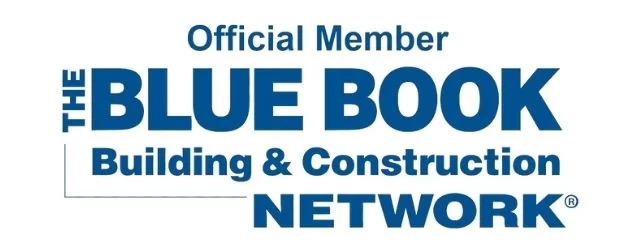
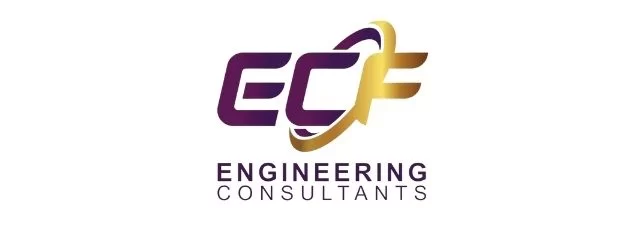
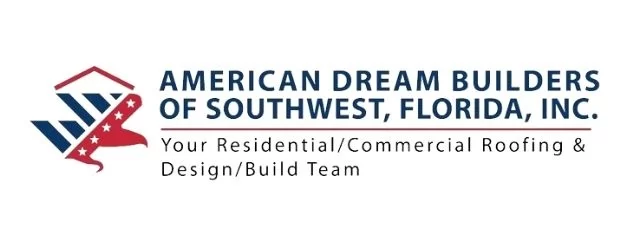


What Our Clients Say?
We take pride in delivering accurate, timely, and reliable estimates that help contractors and builders win more projects. Our clients consistently praise our attention to detail, fast turnaround times, and the positive impact our estimates have on their businesses.
Estimate Florida Consulting has helped us win more bids with their fast and accurate estimates. We trust them for every project!



